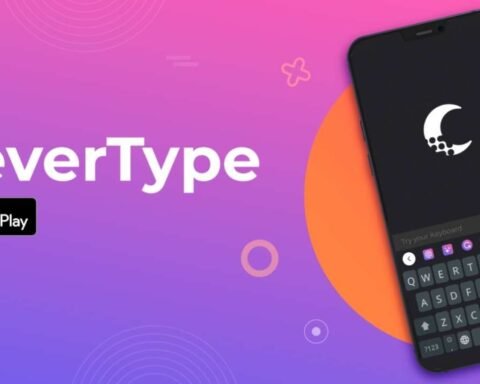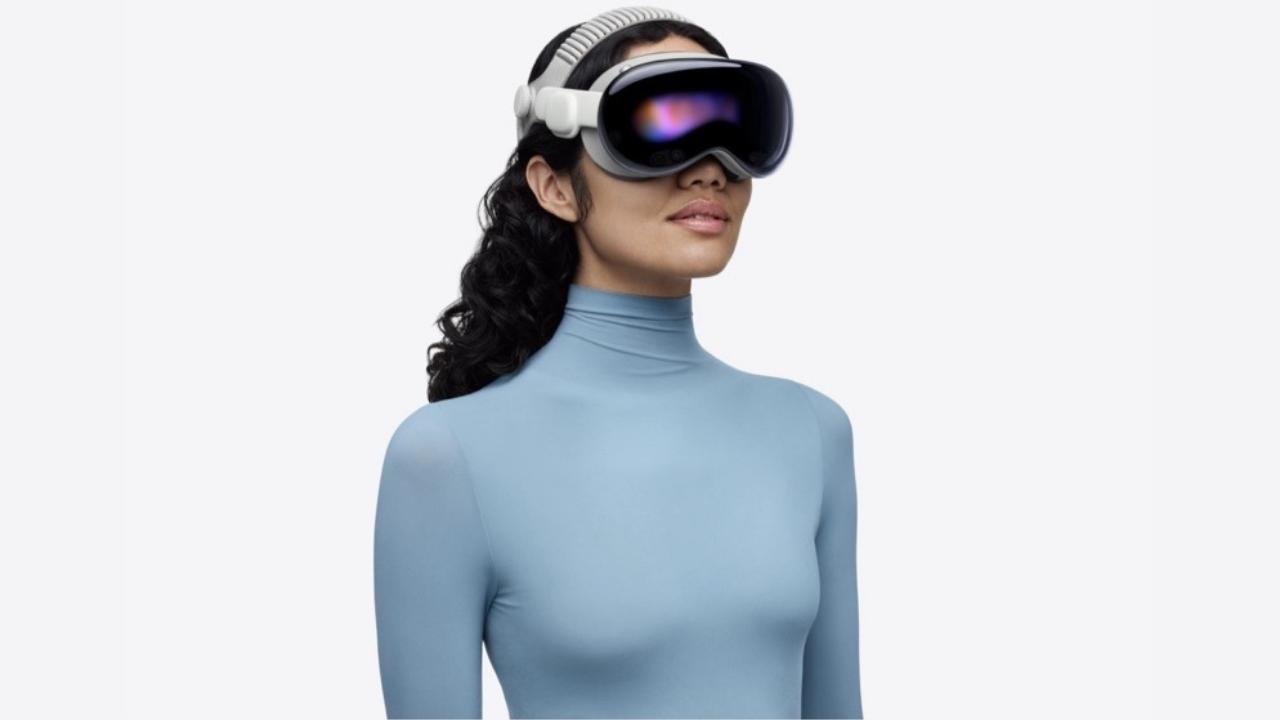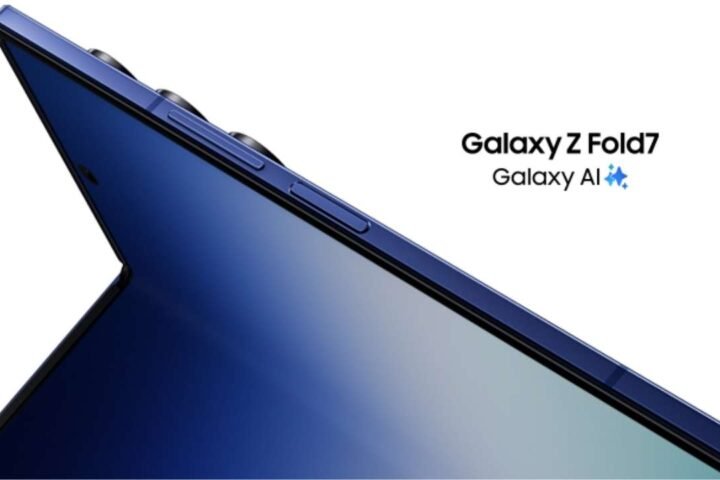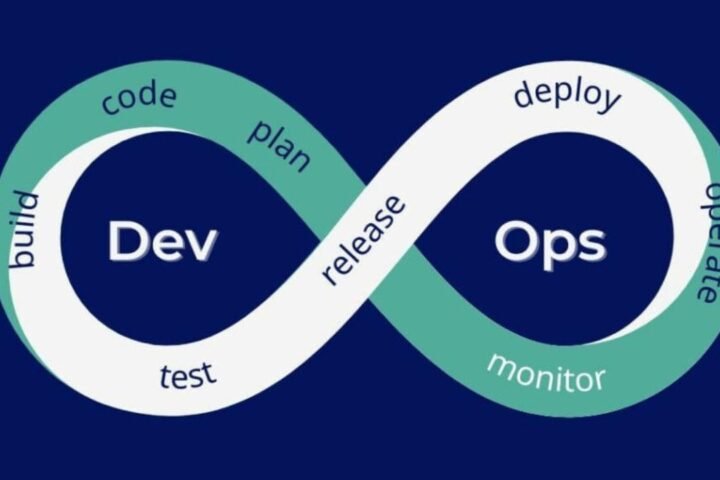Apple has greatly improved its spatial computing platform by releasing a new version of the Apple Vision Pro that runs on the latest M5 chip. This change makes the headset work much better than the last one with an M2 chip. It also puts the headset in line with Apple’s newest silicon roadmap, which includes the new MacBook Pro and iPad Pro. The M5 chip has a 10-core CPU, a new 10-core GPU with Neural Accelerators, and a better 16-core Neural Engine. It is built on a 3-nanometer architecture. This new hardware base is meant to make spatial experiences more immersive, speed up AI workloads on devices by a lot, and make the system as a whole more responsive.
The Vision Pro’s core user experience gets better with the release of the M5 chip. The new GPU architecture is very powerful and has hardware-accelerated ray tracing and mesh shading. This makes lighting, shadows, and reflections in 3D environments and games look more real. The custom micro-OLED displays can also show about 10% more pixels because of the extra processing power. This makes the images and text on the interface look sharper and clearer. The refresh rate has been increased to 120Hz, which reduces motion blur and makes the experience smoother, especially when using the headset as a Mac Virtual Display. The M5 also helps the battery last longer; it can now last up to 2.5 hours of normal use and 3 hours of video playback.
The M5 chip not only gives the Vision Pro a lot of processing power, but it also makes its AI work much better. The new 16-core Neural Engine and the GPU’s Neural Accelerators make machine learning tasks much faster. Apple says that AI-powered system features can be up to 50% faster. This is important for real-time features like making realistic Personas, recognizing complicated scenes, and tracking gestures in more detail. The headset still uses the dedicated R1 chip along with the M5 to keep latency to a minimum. It processes input from its many cameras and sensors in just 12 milliseconds, which keeps a real-time view of the world.
Along with the silicon upgrade, the new Vision Pro puts a lot of emphasis on user comfort. The redesigned Dual Knit Band comes standard with the new model. The new band has a dual-rib structure and tungsten inserts that help with weight distribution and balance. This fixes one of the comfort problems with the original model. The Vision Pro runs on the newest version of visionOS 26 and has a lot of new software features, like interactive widgets that fit into the user’s space and more support for high-performance accessories like the PlayStation VR2 Sense controller for immersive gaming. The M5 Vision Pro starts at the same price as its predecessor, but it has a lot more features that make it a strong player in the changing world of spatial computing.
























